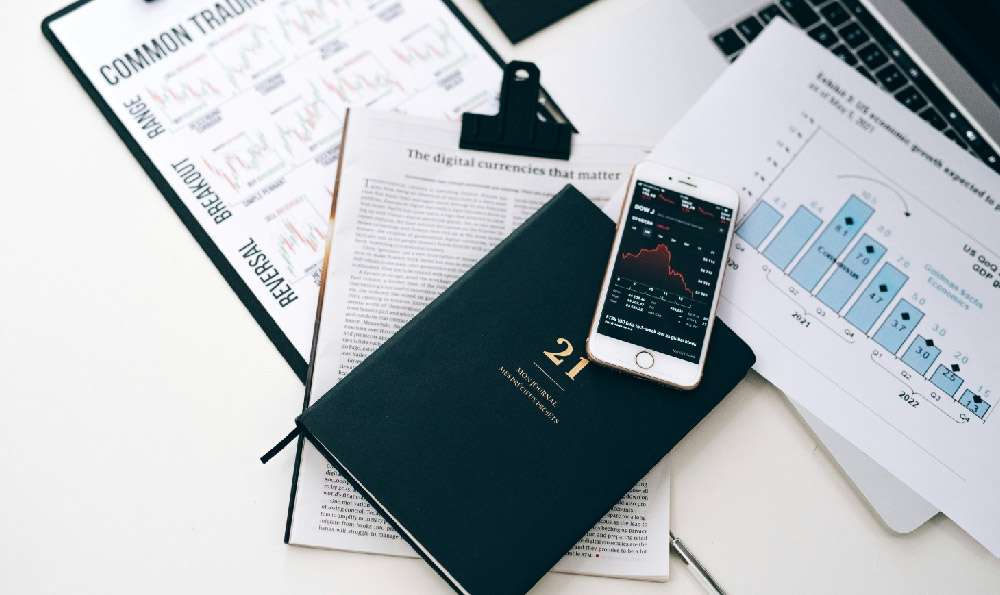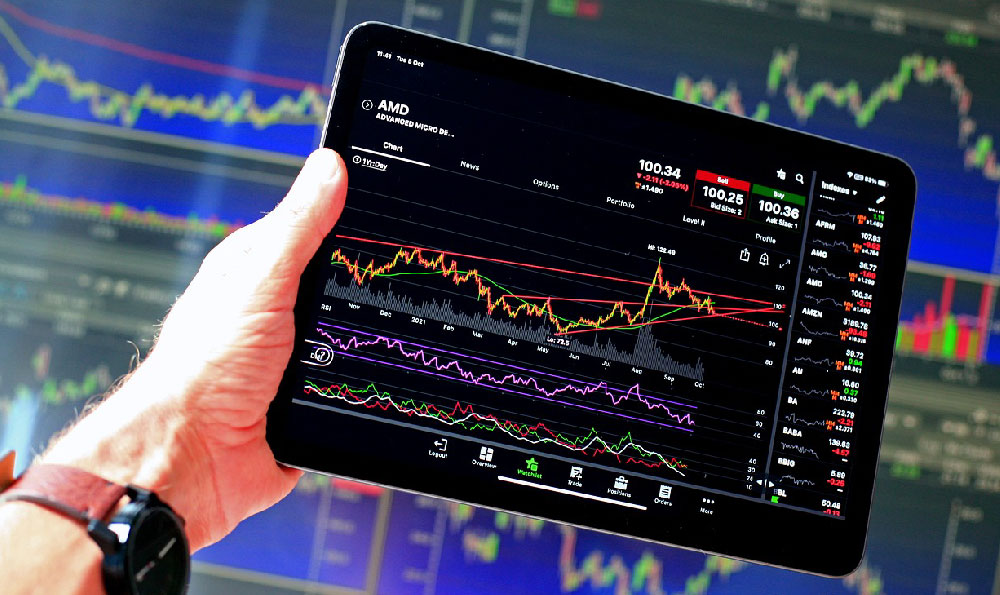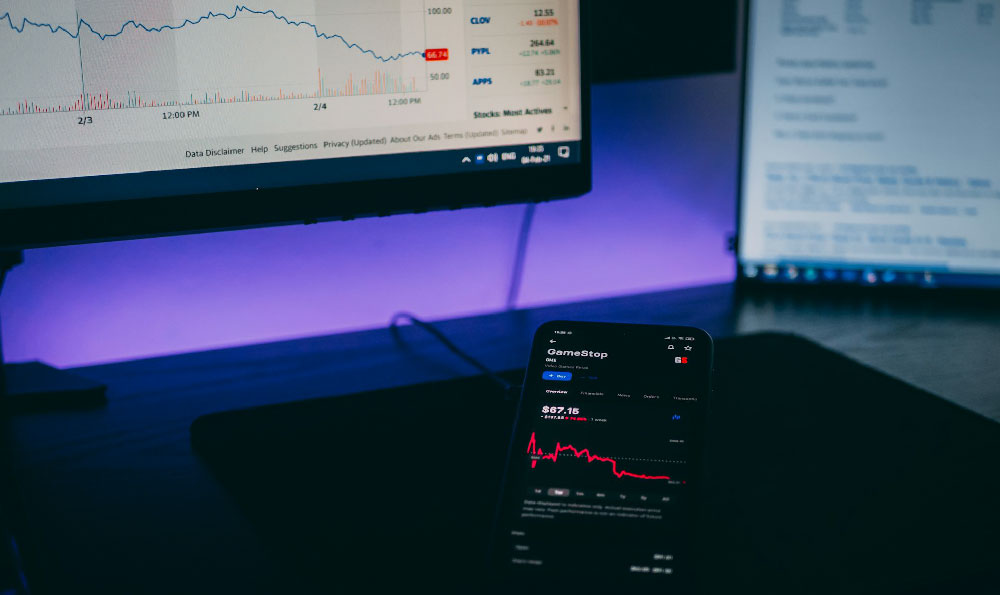Investing in VOO, the Vanguard S&P 500 ETF, is a decision that resonates with many, especially those seeking broad market exposure and long-term growth. However, the questions “Is it worth it?” and “Will it yield high returns?” demand a nuanced answer, exploring the fund’s characteristics, historical performance, risk factors, and suitability for different investment goals. Let's dissect this topic to provide a comprehensive understanding.
Understanding VOO: A Foundation for Informed Decision-Making
VOO, at its core, is an exchange-traded fund designed to mirror the performance of the S&P 500 index. This index represents the 500 largest publicly traded companies in the United States, spanning various sectors from technology and healthcare to finance and consumer discretionary. By investing in VOO, you essentially own a small piece of each of these companies, diversifying your investment across a significant portion of the American economy.

One of VOO's primary attractions is its exceptionally low expense ratio, typically around 0.03%. This means that for every $10,000 invested, you only pay $3 in annual fees. This low-cost structure is crucial because it minimizes the drag on your returns, allowing more of your investment gains to accrue to you rather than being eaten up by administrative expenses.
Historical Performance: A Glimpse into the Past, Not a Guarantee of the Future
Historically, the S&P 500 has delivered strong returns, averaging around 10% per year over the long term. VOO, tracking this index closely, has mirrored this performance. However, it's essential to remember that past performance is not indicative of future results. Market conditions fluctuate, economic cycles shift, and unforeseen events can significantly impact investment returns.
Examining VOO's performance during specific periods, such as bull markets and bear markets, provides valuable insights. During periods of economic expansion, VOO tends to perform exceptionally well, benefiting from the overall growth of the companies within the index. Conversely, during economic downturns or market corrections, VOO will likely experience declines in value, reflecting the broader market sentiment.
Risk Factors to Consider: Navigating Potential Turbulence
While VOO offers diversification, it's not without risk. The primary risk is market risk, which is the possibility of losing money due to declines in the overall stock market. Economic recessions, geopolitical events, and changes in investor sentiment can all trigger market downturns.
Another risk to consider is concentration risk, although less pronounced than in individual stocks. VOO, being market-cap-weighted, allocates a larger proportion of its assets to the largest companies in the S&P 500. This means that the performance of these top companies can have a disproportionate impact on VOO's overall return. While diversification across 500 companies mitigates this risk, it's still a factor to be aware of.
Will VOO Yield High Returns? Defining "High" and Setting Realistic Expectations
The question of whether VOO will yield "high" returns is subjective and depends on your individual investment goals and risk tolerance. Compared to riskier investments like individual stocks or highly volatile cryptocurrencies, VOO may not offer the potential for rapid, outsized gains. However, compared to more conservative investments like bonds or savings accounts, VOO offers the potential for significantly higher returns over the long term.
Setting realistic expectations is crucial. Aiming for consistent, sustainable growth rather than chasing quick profits is a more prudent approach. Consider your investment timeline. If you have a long-term investment horizon (e.g., 20 years or more), VOO is well-suited for potentially generating substantial returns. However, if you have a short-term horizon (e.g., less than five years), the risk of market volatility impacting your returns is higher.
VOO: A Strategic Component of a Diversified Portfolio
VOO should ideally be viewed as a core component of a well-diversified investment portfolio, not as a standalone investment. Diversification involves allocating your assets across various asset classes, such as stocks, bonds, real estate, and commodities. This helps to reduce overall portfolio risk by mitigating the impact of any single investment's performance.
For example, a portfolio might consist of 70% stocks (including VOO), 20% bonds, and 10% real estate. The specific allocation will depend on your individual risk tolerance, investment goals, and time horizon. Regularly rebalancing your portfolio to maintain your desired asset allocation is also essential.
Making an Informed Decision: Due Diligence and Professional Advice
Before investing in VOO, conduct thorough due diligence. Research the fund's prospectus, understand its investment strategy, and assess its suitability for your financial situation. Consider consulting with a qualified financial advisor who can provide personalized advice tailored to your specific needs.
The decision to invest in VOO is a personal one that should be based on a careful assessment of your individual circumstances and a clear understanding of the fund's characteristics, risks, and potential rewards. While VOO offers a compelling investment opportunity for long-term growth, it's not a guaranteed path to riches. Prudent investment planning, realistic expectations, and a well-diversified portfolio are key to achieving your financial goals.












